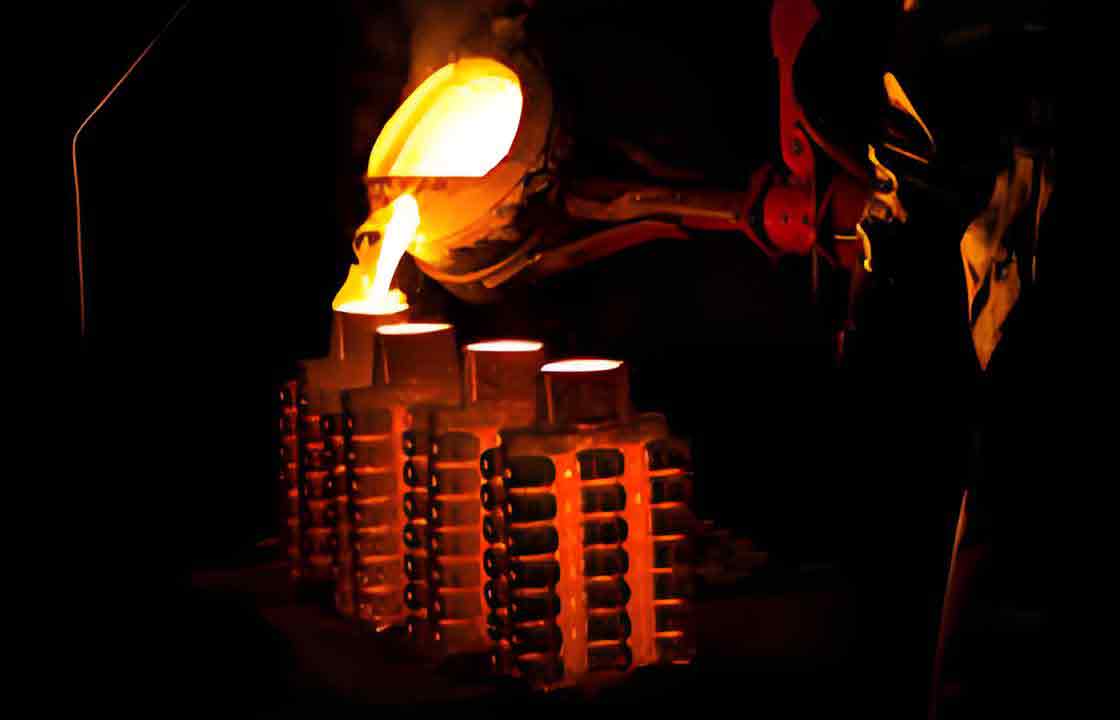Lost wax casting is a process that has been utilized for centuries to produce complex metal parts with high precision and excellent surface finish. This technique is especially valuable in the manufacturing of components with intricate geometries and stringent dimensional requirements. This article explores the successful implementation of lost wax casting in complex part manufacturing, highlighting key advantages, challenges, and strategies for optimization.

Introduction
Lost wax casting is widely used across various industries, including aerospace, automotive, medical, and jewelry, due to its ability to produce high-quality parts with detailed features. The process involves creating a wax model of the desired part, coating it with a ceramic shell, and then melting away the wax to leave a cavity for molten metal to be poured. The result is a highly accurate replica of the original wax model.
Key Advantages of Lost Wax Casting in Complex Part Manufacturing
- Precision and Accuracy
- Design Flexibility
- Surface Finish Quality
- Material Versatility
- Cost Efficiency for Small Batches
Precision and Accuracy
Key Points:
- Tight Tolerances: Lost wax casting can achieve tight tolerances and intricate details, making it ideal for complex parts.
- Dimensional Stability: The ceramic mold maintains dimensional stability under high temperatures, ensuring consistency in final parts.
Benefits:
- Enhanced performance and reliability of components.
- Reduced need for post-casting machining and finishing.
Design Flexibility
Key Points:
- Complex Geometries: Ability to cast parts with complex geometries, including internal passages and thin walls.
- Customization: Easily adaptable to custom designs and small production runs without the need for expensive tooling changes.
Benefits:
- Greater design freedom for engineers and designers.
- Ability to produce parts tailored to specific applications.
Surface Finish Quality
Key Points:
- Smooth Surface: The fine ceramic mold produces parts with a smooth surface finish, reducing the need for secondary finishing processes.
- Detail Reproduction: Capable of reproducing fine details and intricate textures from the wax model.
Benefits:
- Improved aesthetic and functional quality of parts.
- Enhanced performance in applications requiring low friction and wear.
Material Versatility
Key Points:
- Wide Range of Alloys: Suitable for casting a wide range of metals and alloys, including those that are difficult to machine or forge.
- High-Performance Materials: Capable of using high-performance materials that offer superior mechanical properties and corrosion resistance.
Benefits:
- Increased application versatility across different industries.
- Ability to meet specific material property requirements.
Cost Efficiency for Small Batches
Key Points:
- Low Tooling Costs: Reduced tooling costs compared to other manufacturing methods, making it cost-effective for small batches and prototyping.
- Efficient Production: Streamlined production process with minimal material waste.
Benefits:
- Cost savings on small-scale production runs.
- Flexibility to produce multiple iterations and prototypes quickly.
Challenges and Solutions in Lost Wax Casting
- Material Shrinkage
- Mold Defects
- Complex Setup Process
- Heat Treatment Requirements
Material Shrinkage
Challenge:
- Shrinkage: Metals tend to shrink upon cooling, which can lead to dimensional inaccuracies.
Solution:
- Compensation Techniques: Designing the wax model to account for shrinkage and using precise control of cooling rates.
Mold Defects
Challenge:
- Defects: Potential for defects such as cracks or inclusions in the ceramic mold.
Solution:
- Quality Control: Implementing rigorous quality control measures and inspection techniques to detect and address defects early in the process.
Complex Setup Process
Challenge:
- Setup Time: The setup process for creating wax models and ceramic molds can be time-consuming and labor-intensive.
Solution:
- Automation: Utilizing automated equipment and advanced technologies, such as 3D printing, to streamline the setup process.
Heat Treatment Requirements
Challenge:
- Post-Casting Heat Treatment: Some alloys require heat treatment to achieve desired mechanical properties, adding an extra step to the process.
Solution:
- Integrated Processes: Developing integrated casting and heat treatment processes to optimize efficiency and reduce overall production time.
Optimization Strategies for Lost Wax Casting
- Advanced Simulation Tools
- Process Automation
- Material Innovations
- Lean Manufacturing Techniques
Advanced Simulation Tools
Strategy:
- Simulation Software: Using advanced simulation software to model the casting process, predict potential issues, and optimize parameters before actual production.
Impact:
- Reduced trial-and-error in the production process.
- Improved first-time quality and reduced scrap rates.
Process Automation
Strategy:
- Automation: Implementing automation in wax pattern creation, mold making, and metal pouring to enhance precision and reduce labor costs.
Impact:
- Increased production efficiency and consistency.
- Lowered operational costs and reduced lead times.
Material Innovations
Strategy:
- Innovative Materials: Researching and utilizing new materials that offer better performance, such as high-temperature ceramics and advanced alloys.
Impact:
- Enhanced material properties and performance of cast parts.
- Expanded range of applications and industries served.
Lean Manufacturing Techniques
Strategy:
- Lean Techniques: Applying lean manufacturing principles to minimize waste, streamline processes, and improve overall efficiency.
Impact:
- Increased productivity and cost savings.
- Enhanced ability to respond to market demands quickly.
Comparative Table: Traditional Casting vs. Lost Wax Casting
| Aspect | Traditional Casting | Lost Wax Casting |
|---|---|---|
| Precision | Moderate | High |
| Complexity | Limited | Extensive |
| Surface Finish | Rough | Smooth |
| Tooling Costs | High | Low |
| Lead Time | Long | Short |
| Material Waste | High | Low |
| Customization | Difficult | Easy |
Conclusion
The successful implementation of lost wax casting in complex part manufacturing has significantly enhanced the capabilities of industries requiring high precision and intricate designs. By leveraging the advantages of this versatile process, manufacturers can produce high-quality components that meet stringent performance criteria. While challenges remain, ongoing advancements in materials, automation, and process optimization continue to drive improvements in lost wax casting, ensuring its relevance and efficacy in modern manufacturing. The future of lost wax casting looks promising, with continued innovation poised to further elevate its impact on complex part production.
